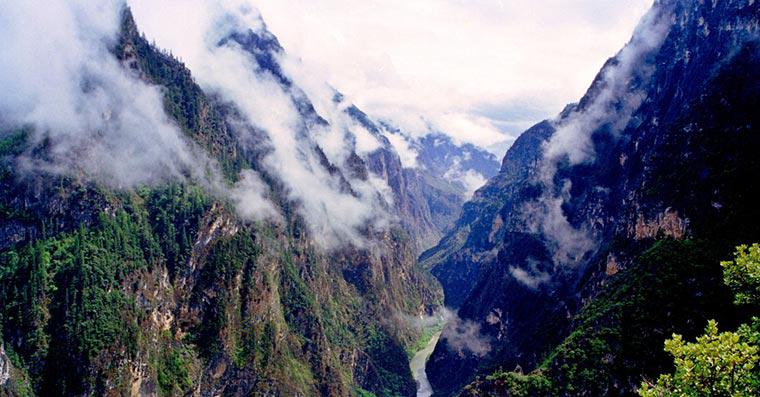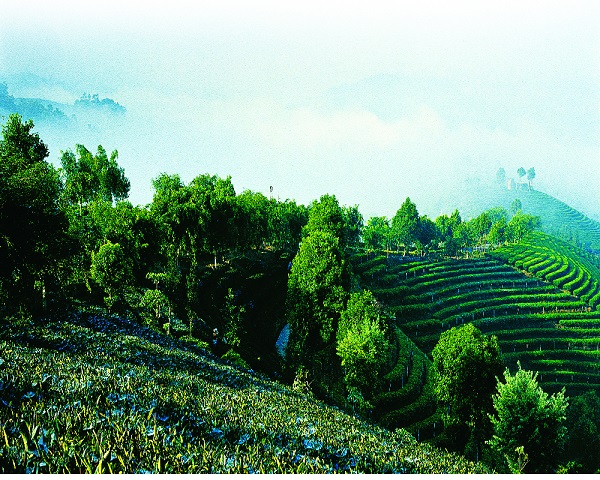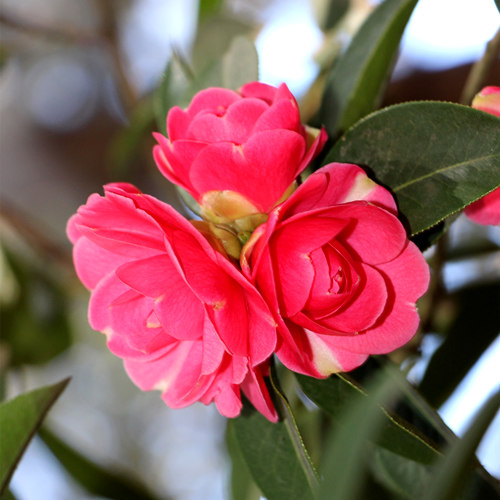
Detailed Introduction to Malipo County of Wenshan Prefecture
Overview
Malipo County sits at the extreme southeast of Wenshan Prefecture, directly bordering Hà Giang Province in northern Vietnam. Covering 2,395 km² and home to 243,587 people as of the 2020 census, it is both a frontier trade hub and a mosaic of ethnic cultures
Geography & Climate
Location & Terrain
South of Wenshan Prefecture, adjacent to Xichou, Maguan, Guangnan, and Funing counties, with five Vietnamese districts to its southeast.
Mountainous karst landscape interspersed with river valleys carved by tributaries of the Red River.
Climate
Southern subtropical plateau monsoon type: annual mean temperature 17.6 °C, frost‑free span ~330 days.
Coldest month avg. 10.1 °C, hottest 23 °C, and annual precipitation ≈1,500 mm, mostly May–September
Administrative Divisions & Population
Seat: Mali Town (麻栗镇) serves as the political, economic, and cultural center
Divisions: 4 towns (e.g., Donggan 董干镇, Tianbao 天保镇), 6 townships (e.g., Yangwan 杨万乡, Tiechang 铁厂乡), plus Mengdong Yao Ethnic Township (猛硐瑶族乡)
Population: 243,587 (2020); density ~102 people/km²
Ethnic Composition & Culture
Diversity: Han, Zhuang, Miao, Yao, Yi, Dai, Gelao, Mongol—ethnic minorities make up ~40% of the population
Languages: Nong Zhuang (Tai language) is spoken by ~90% of local Zhuang; numerous Miao and Yao dialects coexist
Festivals & Traditions:
Sanyuesan (三月三): Zhuang spring festival of courtship and folk song contests.
Huashan (花山节): Miao Flower Mountain festival with lantern dances and embroidery displays.
Panwang (盘王节): Yao ancestor‑worship ceremonies and boat races.
Hualian (花脸节): Yi “painted‑face” opera performances
Arts & Handicrafts: Zhuang brocade and embroidery—pieces from Nanyou Village have been presented as national gifts; Miao silverwork and bamboo weaving enrich the cultural landscape
Economy & Agriculture
Farming: Upland rice and maize dominate; tobacco, tea, vegetables, and tropical fruits (e.g., mulberries) thrive in warmer valleys.
Aquaculture: Plateau streams and reservoirs support carp and shrimp farming.
Trade: The Hekou–Lào Cai border crossing channel exports of agricultural produce and imported Vietnamese goods.
Tourism & Culture: Growing community‑based tourism around ethnic villages, festivals, and ecological attractions.
Key Attractions
Mali Town (麻栗镇)
Historic trade town named for the native “malishu” tree. Its street‑markets and mixed‑ethnic neighborhoods showcase daily life on the China–Vietnam frontier
Nanyou Ethnic Tourism Village (南油村)
A showcase Zhuang village famous for vivid embroidery, regular folk‑culture festivals, and free access to traditional homestays and rice‑wine tastings
Neolithic Rock Art Site (“Great King” Cliff Paintings)
Over 4,000‑year‑old petroglyphs depicting human figures and ritual scenes, set high on limestone cliffs (local guides required).
Malipo Martyrs’ Cemetery & Lao Shan Sacred Site
Revolutionary heritage sites offering insight into the county’s modern history and lush mountain vistas.
Transportation
Roads: Provincial highways link Malipo with Xichou, Maguan, and Wenshan City—Mali Town is ~3 hrs from Wenshan.
Rail & Air: Nearest rail at Wenshan Airport Station on the Wenshan–Guangzhou line; Wenshan Yanshan Airport (WNH) lies ~80 km northwest.
Border Crossing: Mali–Lào Cai checkpoint supports daily shuttle buses and freight convoys between China and Vietnam.
Conclusion
Malipo County combines frontier commerce, multi‑ethnic traditions, and untamed karst scenery into a singular Yunnan experience. From vibrant festivals and embroidered arts to ancient cliff paintings and cross‑border markets, Malipo invites exploration of a living crossroads where culture, history, and nature meet.



